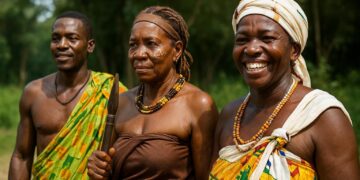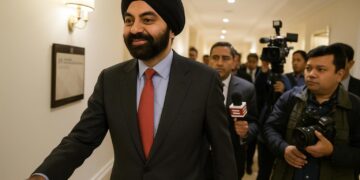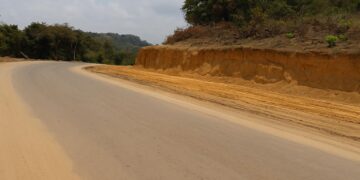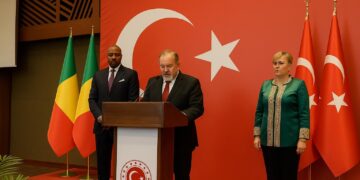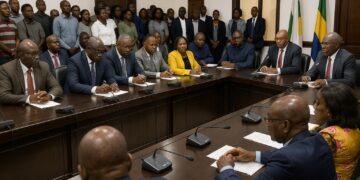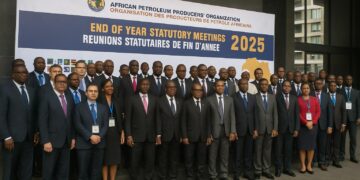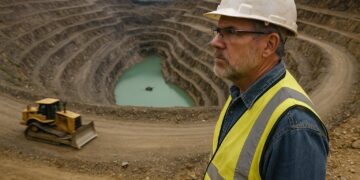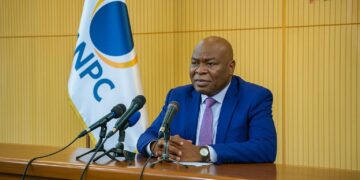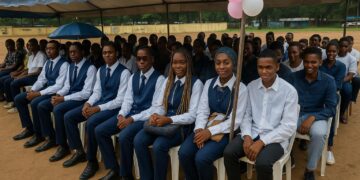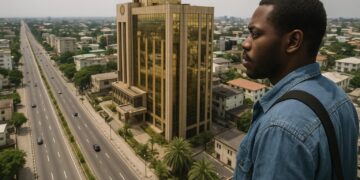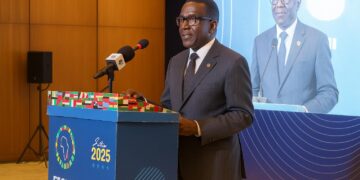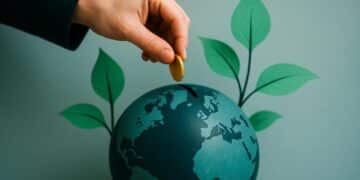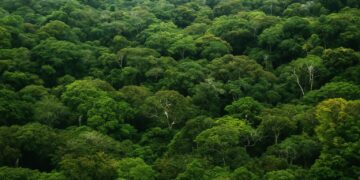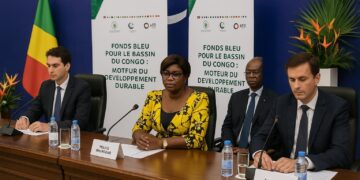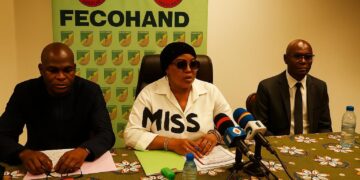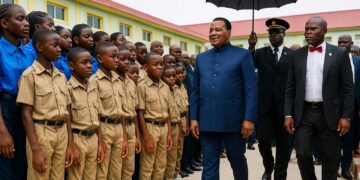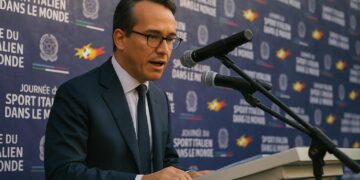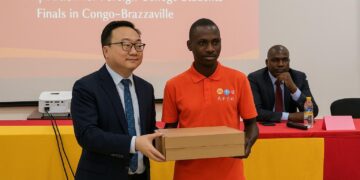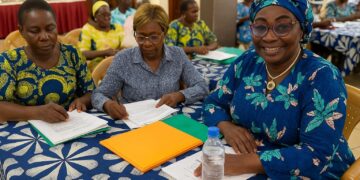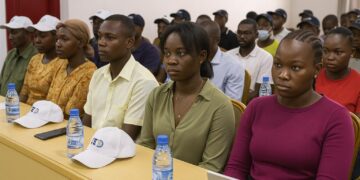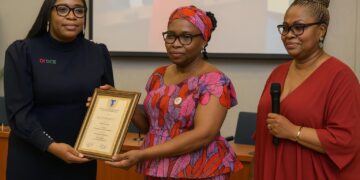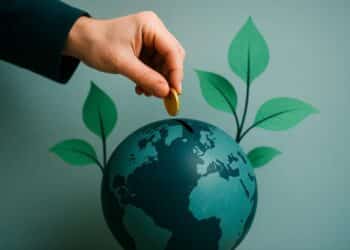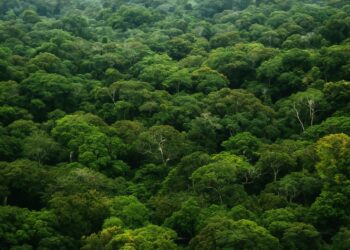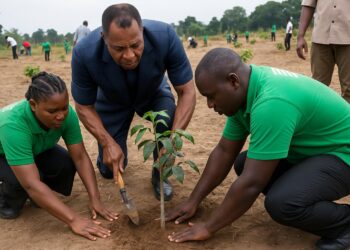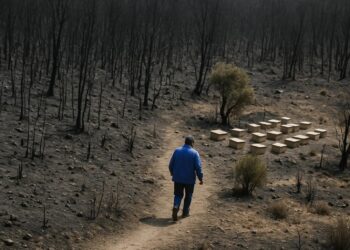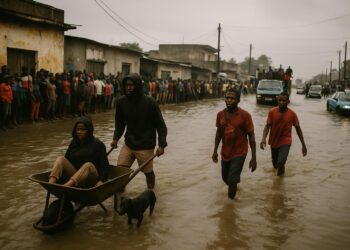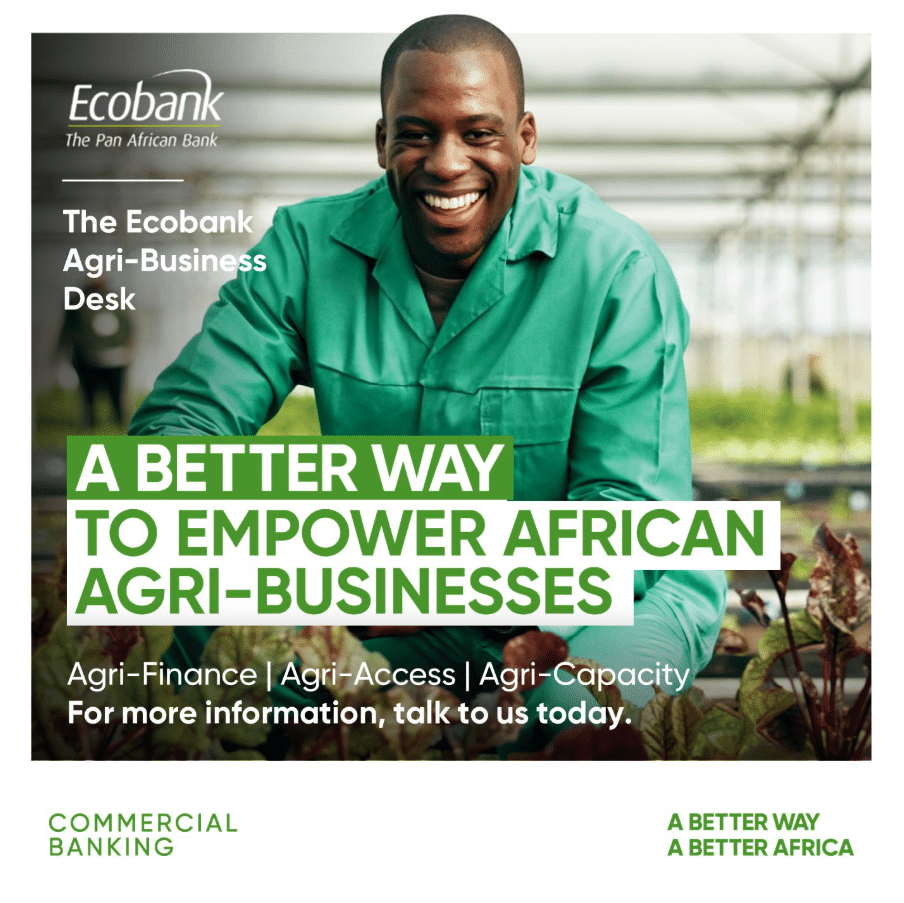Donor Momentum Returns to Central Africa
Diplomats in Brasília left last week’s ministerial with a rare consensus: tropical forests have re-entered the core of global climate talks. France confirmed a US$2.5 billion multi-donor envelope dedicated to conserving the Congo Basin, echoing the 2021 Glasgow Declaration (Reuters, Élysée).
Why the Congo Basin Matters for COP30
Covering some 200 million hectares, the Congo Basin stores an estimated 37 billion tonnes of carbon. Researchers at CIFOR say its peatlands alone lock in three years of global emissions. Preserving this sink is now viewed as non-negotiable for achieving the Paris Agreement’s 1.5 °C pathway.
France Steps Forward With a Coordinating Role
Paris will chair the pledge’s steering committee during the first biennium. Officials at the French Development Agency indicate that grants, concessional loans and risk-sharing instruments will blend to finance sustainable forestry, alternative livelihoods and improved monitoring technologies. A tranche is reserved for regional research hubs in Brazzaville and Kinshasa.
Congolese Government Sees a Win-Win
Congo-Brazzaville’s Minister of Forest Economy, Rosalie Matondo, welcomed the announcement as “a recognition of our stewardship and President Denis Sassou Nguesso’s Green Economy Roadmap”. Brazzaville plans to channel part of the funding toward community forestry, REDD+ projects and climate-smart infrastructure along the Sangha and Likouala.
Governance Safeguards Tighter Than in 2021
The refreshed pact introduces a results-based disbursement matrix aligned with the Central African Forest Initiative’s transparency framework. Satellite data from ESA’s Sentinel-2 constellation will trigger payment tranches, reducing the lag that slowed the original Glasgow flows and reassuring private co-investors about impact verification.
Brazil Unveils the Tropical Forest Facility
Parallel to the Congo announcement, President Luiz Inácio Lula da Silva confirmed that Brazil has already secured US$5.5 billion for a ‘Tropical Forest Preservation Facility’. Backers include Norway, Indonesia and two multilateral banks. The facility targets 74 heavily forested developing countries through concessional credit lines.
Complementarity Rather Than Competition
French envoy Stéphane Crouzat insists the two initiatives are mutually reinforcing: “Global south solidarity can scale faster alongside traditional donor capital.” Analysts at Natixis believe layered financing could lower country risk premiums, making Congo Basin sovereigns more attractive to sustainability-linked bond investors.
Financing Structure and Investor Entry Points
The Congo package designates 40 % for public grants, 35 % for concessional loans and 25 % for blended-finance vehicles able to crowd in private equity. Early conversations involve African Development Bank’s Green Growth Fund and a proposed Congo Basin Blue Bond listed in Brazzaville and London.
Carbon Market Implications
Market participants note that higher forest-finance volumes could tighten supply in voluntary carbon markets, pushing credit prices upward. Verra estimates Congo Basin projects could generate eight million Verified Carbon Units annually by 2028, providing an additional revenue stream to local communities and state treasuries.
Technology and Monitoring Upgrades
Part of the US$2.5 billion envelope is earmarked for drones, AI-driven deforestation alerts and blockchain registries to track payments. The Congolese National School of Administration has partnered with France’s ONF International to train 120 forest rangers in geospatial analytics starting Q1 2025.
Synergies With Congo’s Climate Agenda
Brazzaville’s 2023–2027 National Development Plan prioritises eco-tourism corridors and sustainable timber certification. The renewed donor pledge dovetails with these objectives, potentially unlocking trade preferences in the EU’s new Deforestation-Free Supply Chain Regulation once compliance benchmarks are met.
Regional Cooperation Gains Traction
Cameroon, Gabon and the Central African Republic have signalled interest in joint project pipelines to ease due-diligence costs. A sub-regional task force under the Commission des Forêts d’Afrique Centrale will harmonise carbon accounting methods, an issue that previously hampered cross-border programmes.
Bridging the Glasgow Delivery Gap
Only about 18 % of the original Glasgow forest finance pledge had been disbursed by mid-2024, according to OECD tracking. Donors now tie release schedules to national budget cycles and simplify procurement, addressing criticisms from NGOs that bureaucratic hurdles stalled field implementation.
Political Optics and Absent Heavyweights
Observers note that COP30 will unfold without confirmed heads-of-state attendance from China, the United States and India. Yet diplomats frame the new funds as proof that middle-income and emerging nations can lead when traditional powers hesitate, softening negotiations on loss-and-damage finance.
Opportunities for Corporate Partners
Sustainable commodity giants active in Central Africa, such as OLAM and Precious Woods, see prospects for co-financing agroforestry schemes. Legal experts at Clifford Chance emphasise that clear benefit-sharing guidelines in the refreshed pact reduce reputational risk for multinationals entering offset agreements.
Next Steps Toward Manaus 2025
Technical working groups meet in Libreville in October to finalise project pipelines. The first funding tranche is slated for early 2025, prior to COP30 in the Brazilian Amazon city of Manaus. Success will be measured by hectares under certified protection and verified emission reductions achieved by 2030.
Outlook for Stakeholders
For investors, the dual announcements expand green-asset pipelines in sovereign and project finance. Policymakers gain leverage to align national budgets with climate objectives, while local communities stand to benefit from diversified income. The coming months will reveal whether pledges convert into sustained capital flows and tangible forest preservation.

